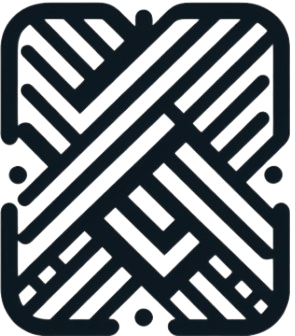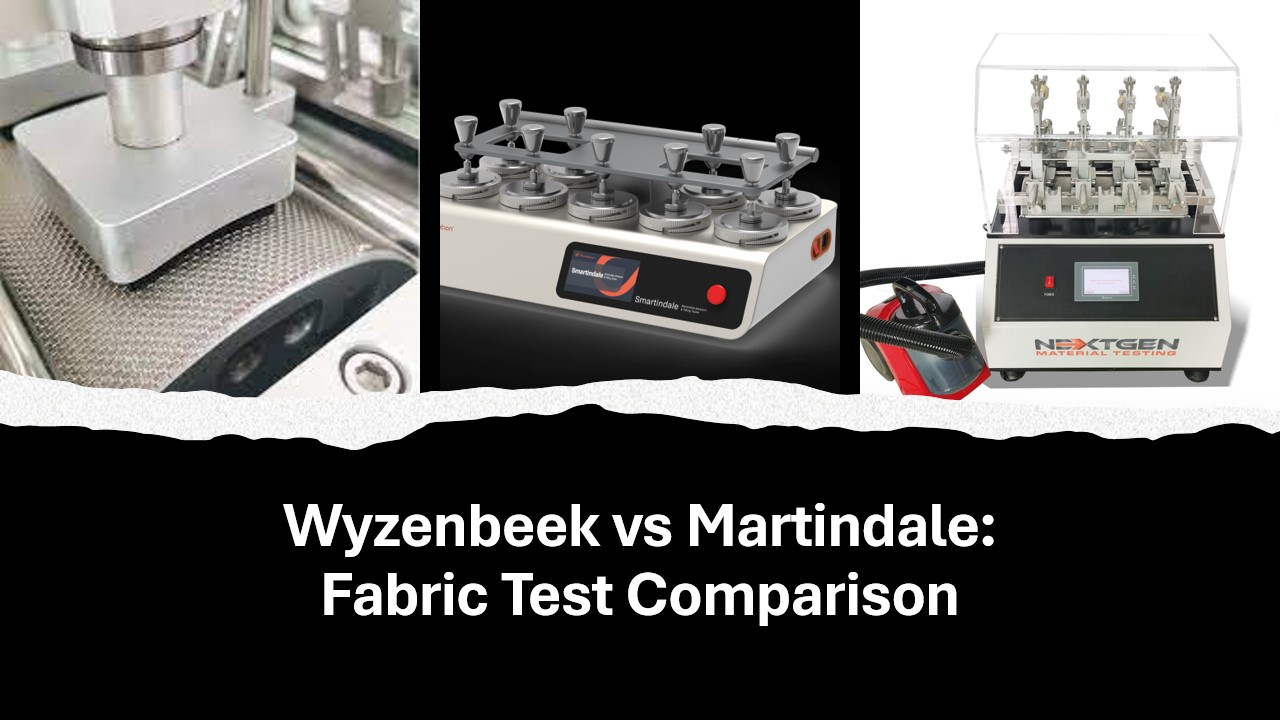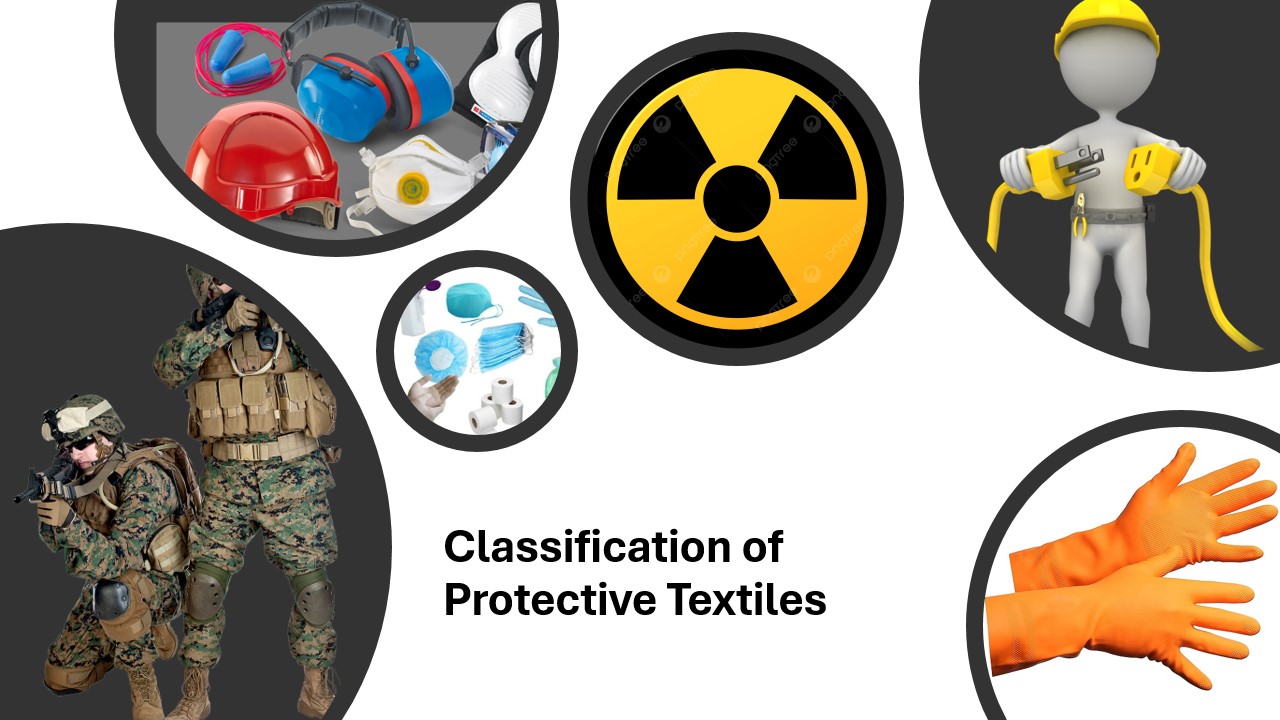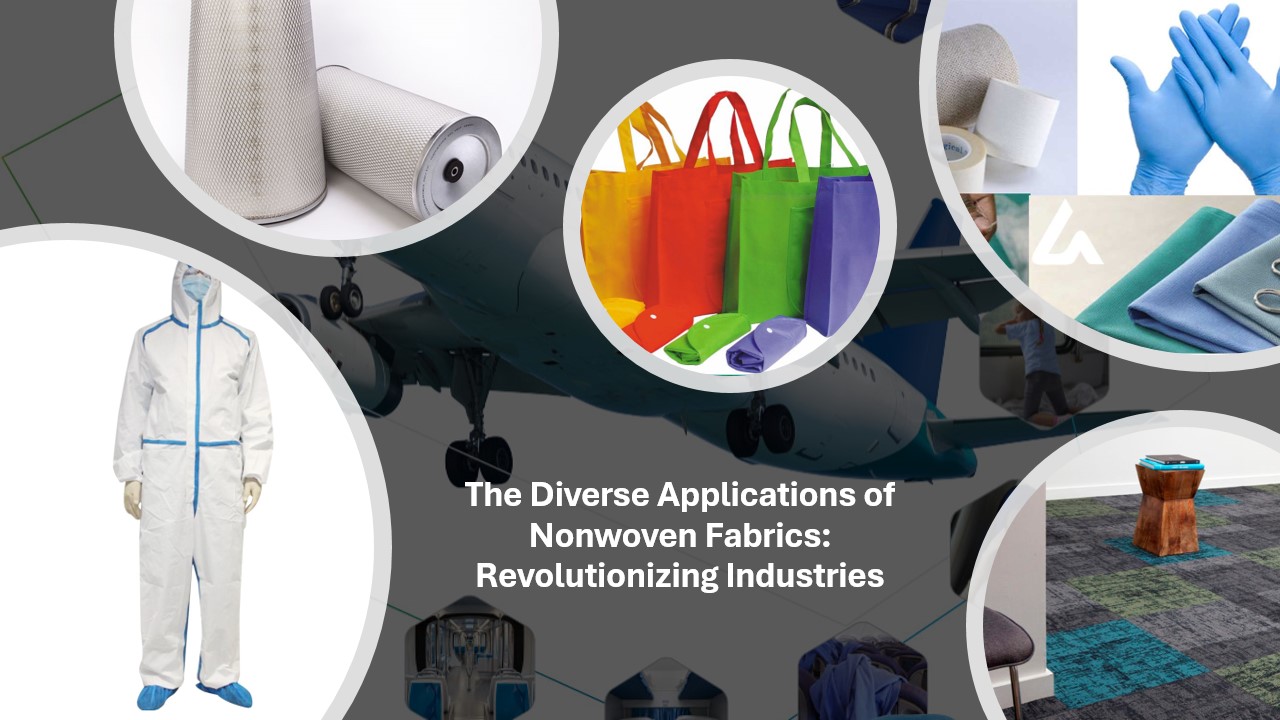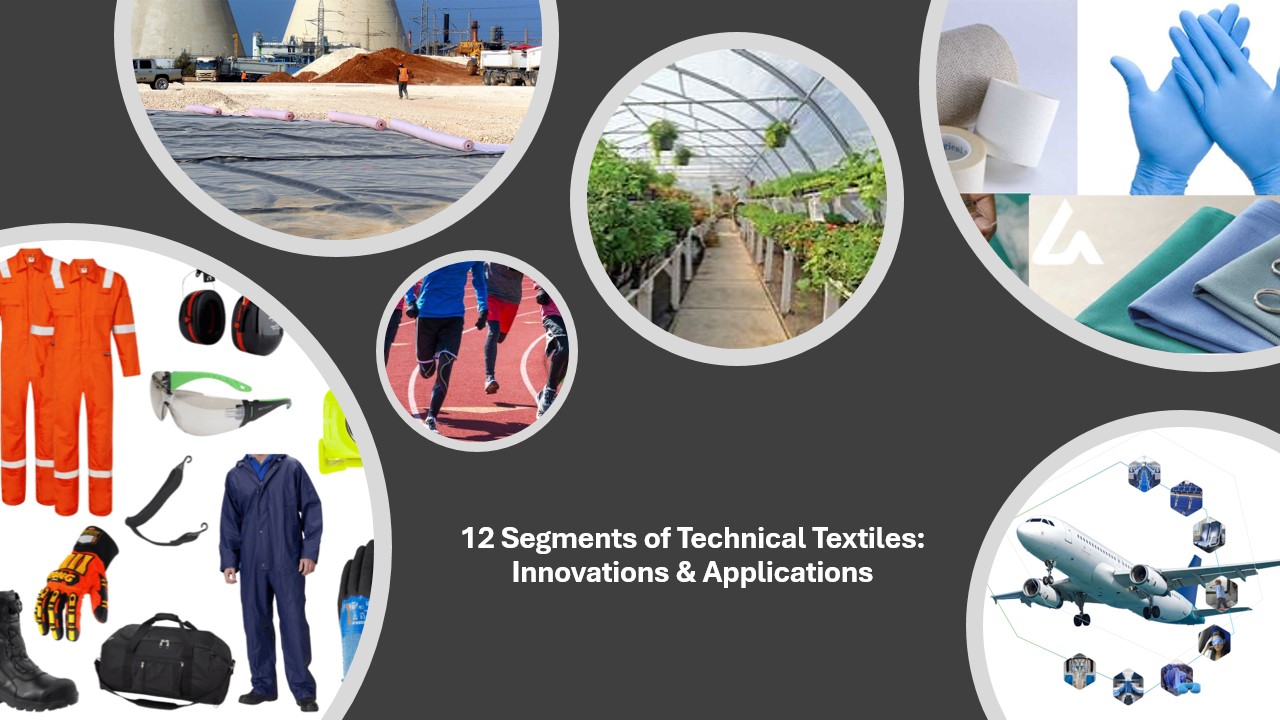Wyzenbeek vs Martindale: Fabric Test Comparison
Introduction Fabric durability is one of the most critical parameters in textile performance evaluation, especially in upholstery, contract, and commercial applications. Among the most widely recognized abrasion resistance tests are the Wyzenbeek Test and the Martindale Test. Although both measure how well fabrics withstand repeated wear from rubbing, their methodologies, geographies of usage, and result … Read more
